FAQs
Where can I see a Thames Sailing Barge?
You can usually be sure of seeing a Thames Sailing Barge at the following locations:-
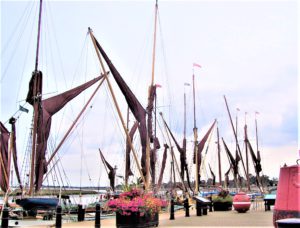
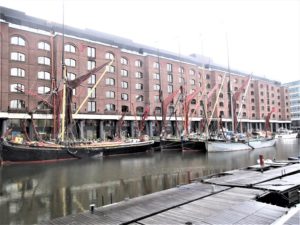
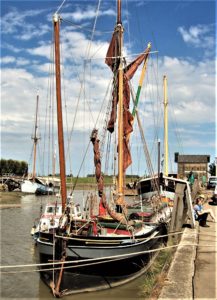
Other locations where barges can sometimes be seen include:-
- Snape Maltings, Suffolk;
- Pin Mill, Ipswich, Suffolk;
- Ipswich Dock, Ipswich, Suffolk;
- Hoo & Upnor, Kent;
- Port Solent & Haslar Marina, Portsmouth, Hants.
What are those large flaps that hang on the side for?
Those “Flaps” are called Leeboards. Being flat bottomed, barges have no keel to keep them upright when sailing to windward. The leeboard is lowered on the lee side of the vessel when sailing to windward thus giving the vessel stability.
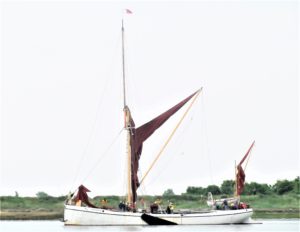
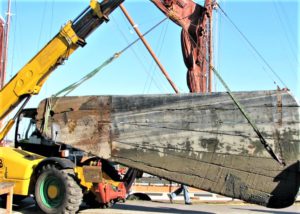
Why are the sails a red colour?
The sails are painted (Dressed) with a mixture of mainly red ochre and fish oil and other ingredients to preserve them and make them more efficient. These days, though, many use a tin of something from the DIY store.
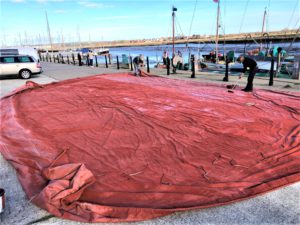
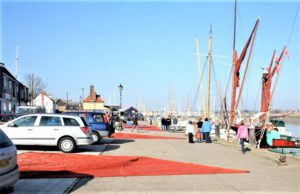
How many crew did a barge carry?
Barges normally carried a crew of two men and a dog. A few barges were sailed single handed (and a dog). Some of the larger coasting barges carried a crew of two men, a boy and a dog. Sometimes the crew included a woman, usually the wife of the skipper.
Do barges have engines?
A few of the later barges were built with an engine installed and many had an engine fitted as auxiliary propulsion at a later date. Only three or four barges remain that rely on the wind alone for propulsion.